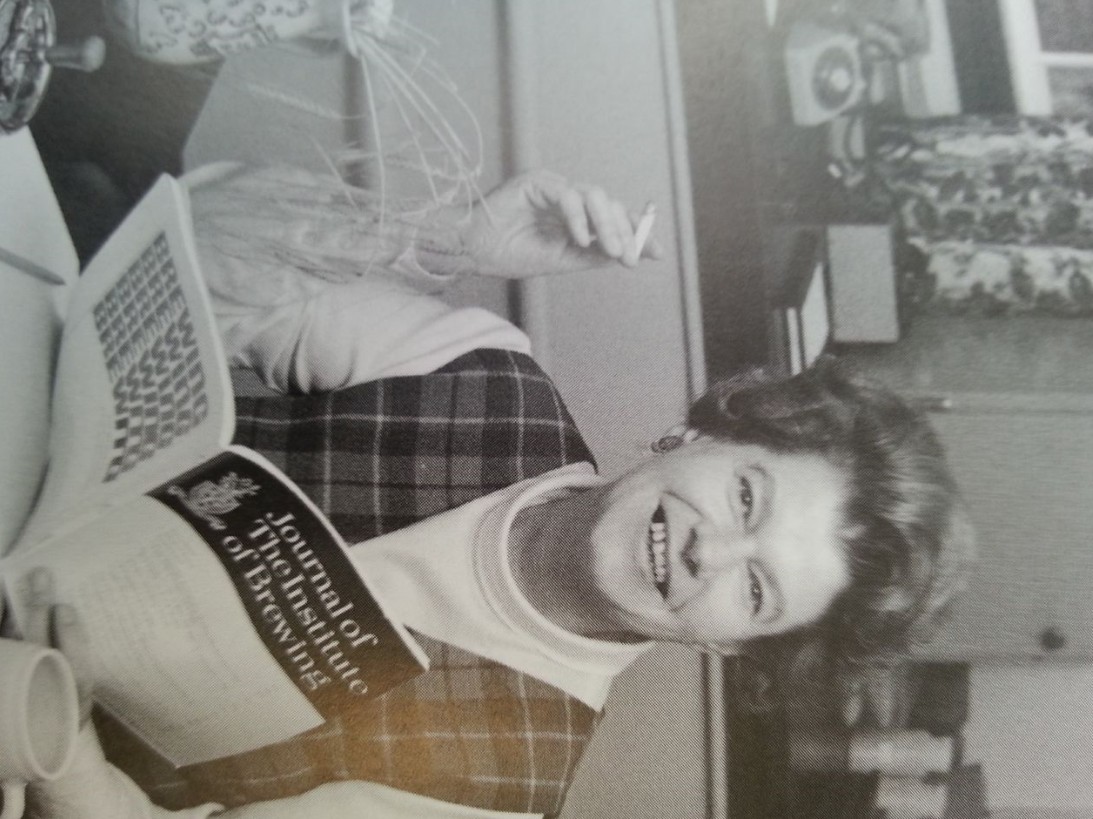
IBD growing and diversifying membership

IBD President, Professor Katherine Smart
The Institute of Brewing and Distilling reports a growing membership in the Asia Pacific Section and on a global level, with unprecedented levels of female participation.
IBD president Professor Katherine Smart said it was “an amazing achievement” that the organisation now numbers 5417 members, up from 5000 when she took over as president from Charlie Bamforth.
“The membership’s growing but… it actually dips and cycles,” she acknowledged.
“We actually have people who register to become members when they do the examinations and sometimes we don’t necessarily keep them.
“This is a piece of work that we are really focusing on, and although our membership is increasing, we want to make sure that everyone who joins actually really does understand the full value of being a member for the long term.”
She challenged the incoming president, Australia’s Dr Tim Cooper, to take the IBD’s reach beyond 6000 members when he takes over in September.
Professor Smart said it was most pleasing that women represent between 19 and 24 per cent of people undertaking IBD examinations.
“When I first joined the Institute I can remember being maybe only one of one or two [female] individuals who were sitting,” she said.

Anna Macleod was president of the IBD between 1970 and 1972
She said it was a common misconception that she was the first female president of the IBD, when in fact Professor Anna Macleod had held the role between 1970 and 1972.
“The second woman president came along 46 years later and my plea is that it doesn’t take another 46 years for us to see another woman president when I step down in September,” she said.
Asia Pacific growing
The Asia Pacific Section of the IBD now has more than 1200 members, region chair Ian Roberts revealed.
“We want to appeal to all people with a passion and an interest. The board membership has been diversified to better reflect our membership base,” he said.
“We have a board of eight people and we have a diversity of representation ranging from formal financial skills; distilling; malting barley; hops and brewers alike.
“We also now have a level of gender diversity with 40 per cent of the board being female, and I’m sure we can do more on this front,” Roberts said.



